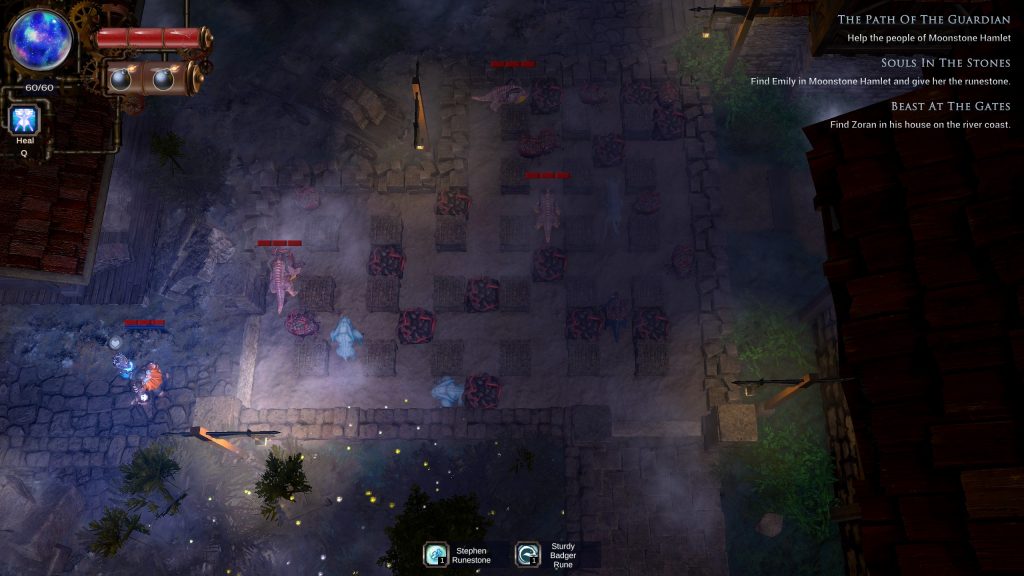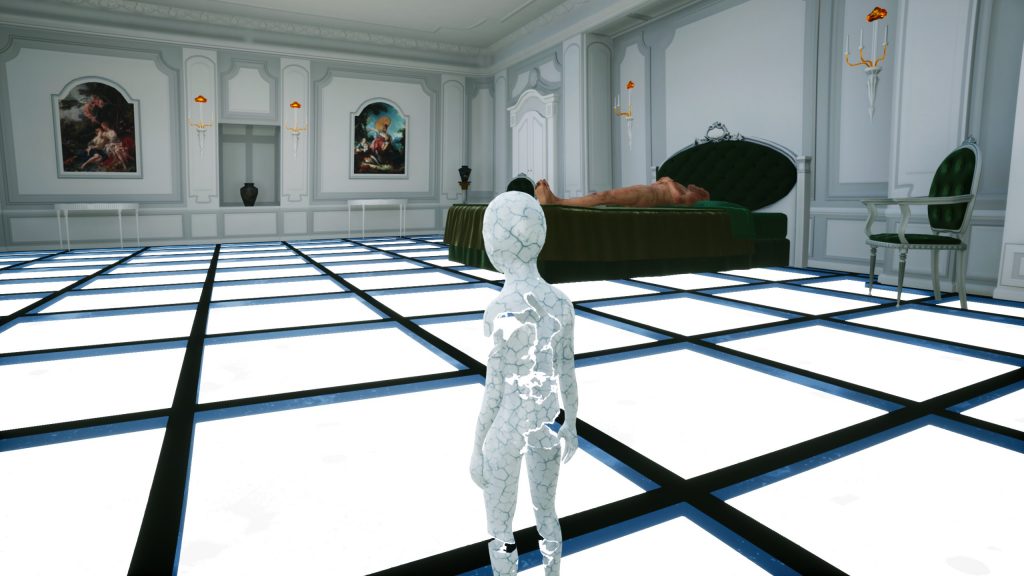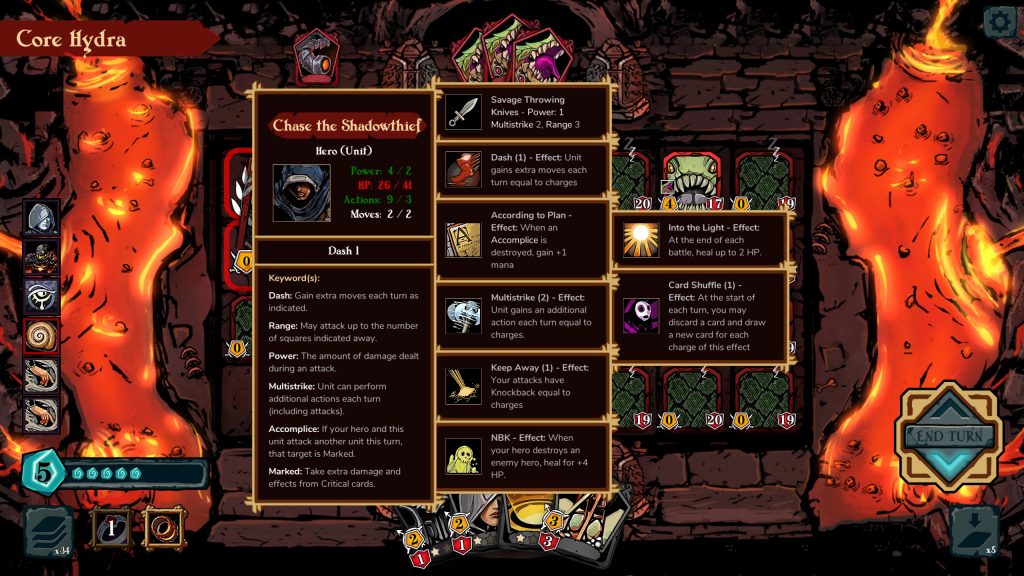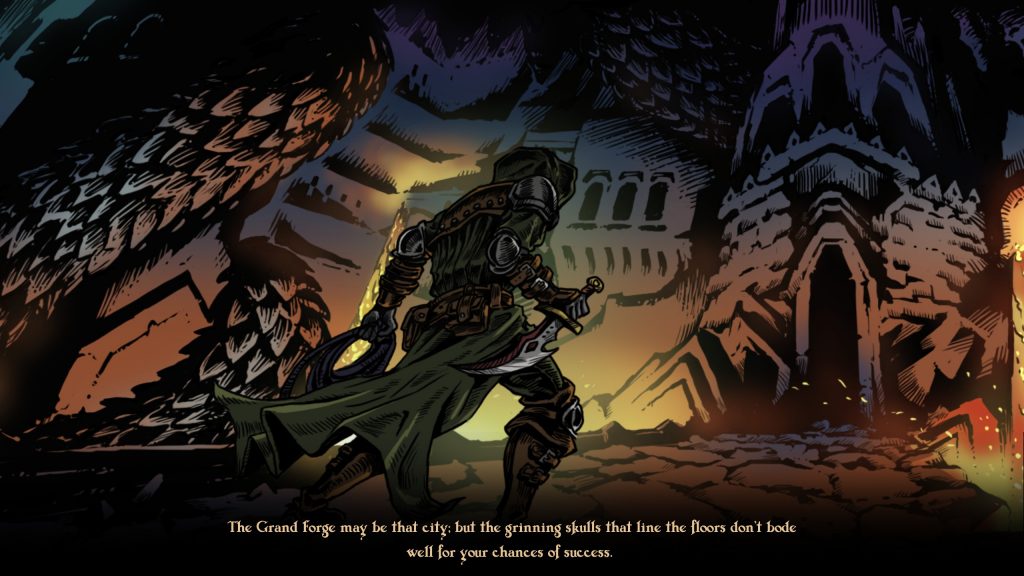Monster Sanctuary (Early Access Review)

Source: Cashmoneys
Price: £13.99
Where To Get It: Steam
For me, Monster Sanctuary is a bit of an odd experience. It is, by no means, a bad game, a metroidvania combined with the monster raising and fighting type games many of us love so much. Its skill trees, balance, and difficulty curve appear pretty solid, and I like its pixel art designs.
So it’s bugging the hell out of me that I’m not terribly enthused with it, and can’t work out why.
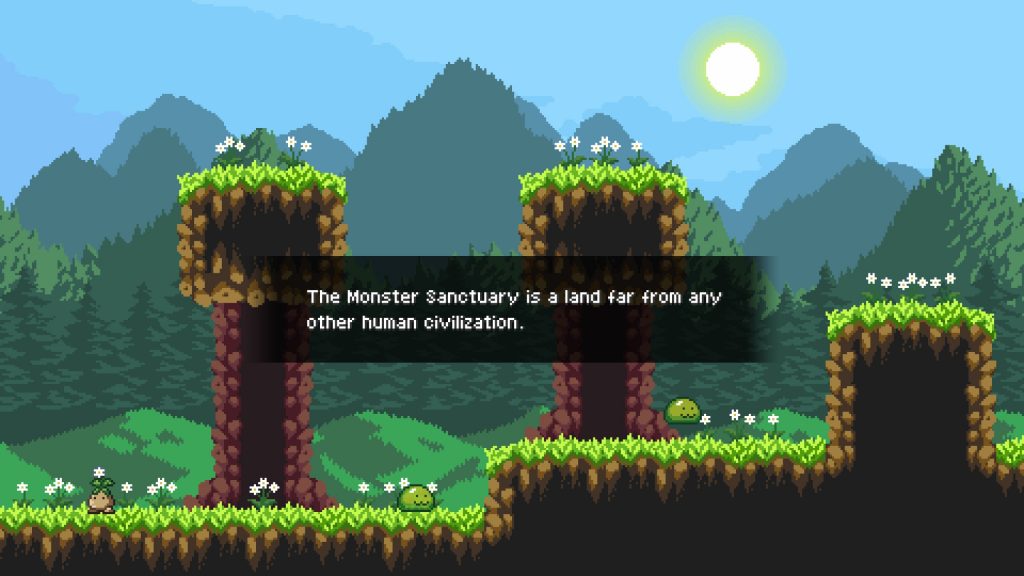
It’s certainly not the thinnish story, or the obvious gamey unlocks of features based on progression. I’m used to those, and honestly, it’s not that big a deal. You want to be the very best Monster Tamer, bad things are happening, and you work in an organisation, so it’s all good there.
The grind, similarly, isn’t bad. After all, monsters in the line share XP, so if you’re in need of seriously levelling someone up, you can put them as a reserve, beat up some lower level monsters, and don’t put them in the frontlines until they’re needed. And, of course, monsters are the level you catch them at.

Even the combat is engaging, because it’s this balancing act of factors. Do you put a monster in the very front, where it won’t do as much damage, but it’ll rack up combos for the monsters after it? Do you use a powerful ability, or tone it down and do less damage, because the powerful version outstrips the mana regeneration that monster currently has? Adding to this, you can see the types of monsters in a group (and they are, apart from uniques, always in a group), and plan accordingly, looking at your monster journal for weaknesses, coming up with a plan for the following encounter.
So, the systems fit pretty well together, with multiple elements to play with, multiple different roles, and the fact that even healing will add to a combo helps you keep the flow going with a healer role in the party. Moving around isn’t bad, especially since different monsters have different abilities you can use in the world, from breaking open inaccessible areas, to mobility improvements…

It’s a solid game. And yet… I had trouble keeping my enthusiasm going, and I don’t particularly know why. There’s still time to work it out. There’s still time to change my mind, or have my mind changed by some update or another. And it’s a solid mix of platformer and turn-based monster taming RPG. It just… Doesn’t really grab me right now.
The Mad Welshman hates not knowing why he doesn’t get on with a thing. Normally he’s much better than that.


